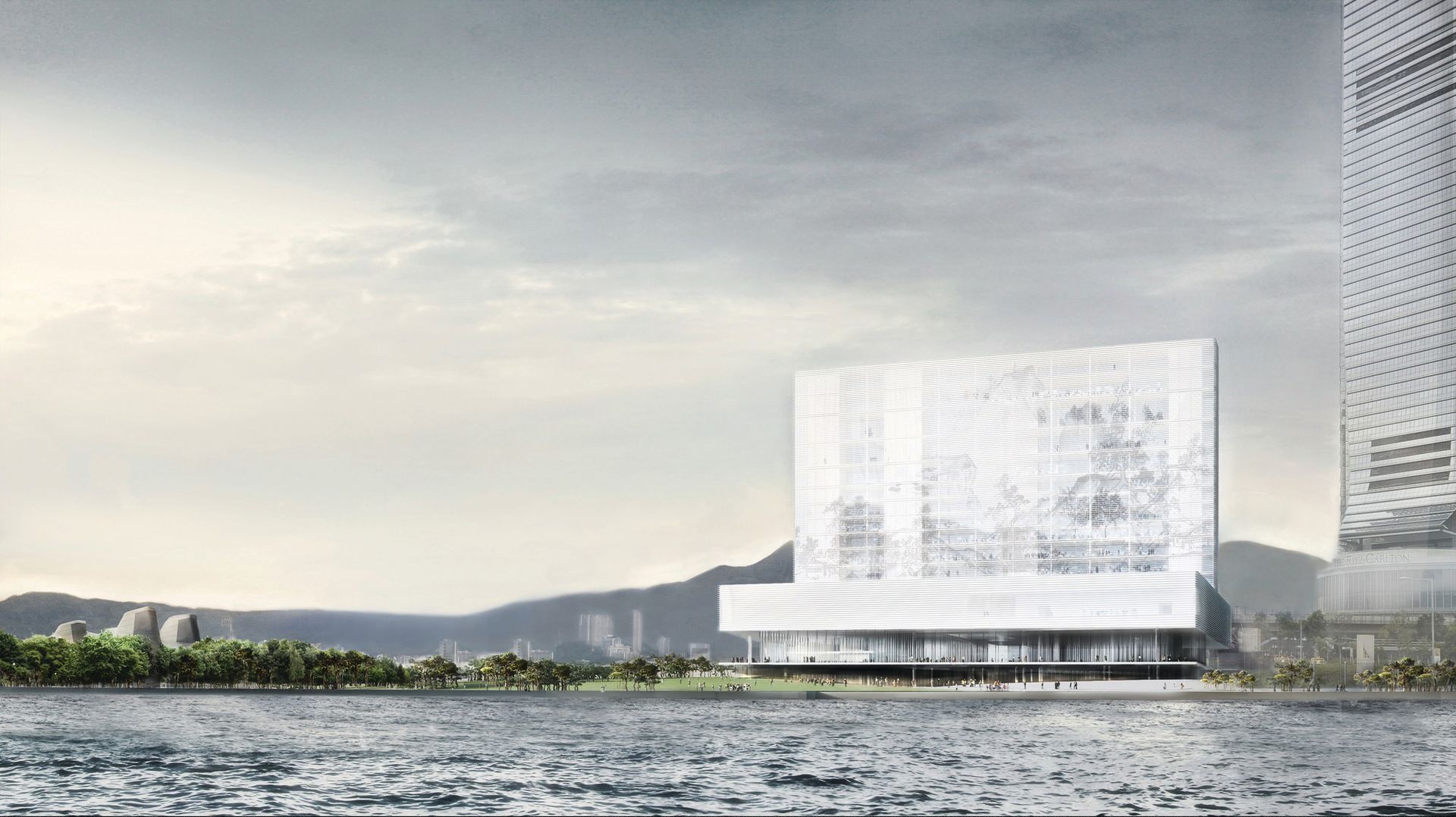M+, the flagship project of the $3bn West Kowloon Cultural District, has a new director. Suhanya Raffel joined the museum of 20th- and 21st-century visual culture, now under construction, in November. The move caps a 25-year career in Australia, the country she emigrated to aged 13 from her native Sri Lanka. At the Queensland Art Gallery/Gallery of Modern Art (Qagoma) in Brisbane, she led the Asia Pacific Triennial while also building the museum’s collection of contemporary art from Australia and the wider Asia-Pacific region. In 2013, she moved to the Art Gallery of New South Wales in Sydney, serving as deputy director and director of collections.
Raffel succeeds the Hong Kong museum’s founding director, Lars Nittve, joining the institution at a critical stage, three years before its projected opening at the end of 2019. Here she speaks about building audiences for contemporary art, the role of M+, and its ambition to attract up to two million visitors a year.

The Art Newspaper: Why did you decide to join M+?
Suhanya Raffel: I spent more than 20 years in Australia championing contemporary Asian and Pacific art, and building the collection of Qagoma. Then, at the Art Gallery of New South Wales, I was able to amplify the work that they were already doing with Asia. So it almost feels like my professional life has been leading up to M+, a museum that Asia needs.
Can you give us an idea of what your opening shows will be?
People need to know what we’ve been doing—we’ve been collecting so actively—so it’s important that the collection should form the displays in our first year. Beyond that, we’re working on a rolling exhibition schedule. I’m excited to be part of an institution that collects across disciplines—it creates rich possibilities.
Do you hope to host shows organised by museums such as the Tate or MoMA?
Yes, definitely. The conversation with those institutions has already begun. Our collections and exhibitions will be rooted in Hong Kong and extend out into the wider region. And we want to take those collections and exhibitions out into the world. Equally, we want to bring the rest of the world to Hong Kong; it’s important for Hong Kong artists to be seen with their peers globally.
Is part of your role to support local artists?
We already collect their work, and we work with the arts development board to take Hong Kong artists to the Venice Biennale. The work of Samson Young for the Hong Kong pavilion will go to the M+ Pavilion [which stages shows in the run-up to the opening of the museum] after the biennial. Our first M+ Pavilion show was devoted to Hong Kong-based Tsang Kin-Wah, and the subsequent exhibition included the work of Hong Kong designers.
Why has it taken so long to get to this stage? M+ is two years behind schedule.
I don’t think it’s been that long for M+ from the time that the architectural competition was launched, given the scale of the project. Qagoma took ten years to build in Brisbane, and that is a much smaller new building. In West Kowloon an entire cultural precinct is being created, with performing-art centres and park spaces. Major transport infrastructure needs to be created as well.
Do you have annual projected visitor numbers?
With so many venues opening in West Kowloon, we can afford to be ambitious in terms of our visitor forecasts. We’re projecting between one and two million a year.
Are censorship and curatorial independence of concern to you? How can M+ be truly independent?
M+ now has its own museum board, chaired by Victor Lo. We’re starting to form a structure that gives the museum a standalone presence within the West Kowloon district. That is a sign of the museum’s need to be independent. Curatorial independence is vital; I’ll certainly champion it. [Raffel later declined to comment on the news that a branch of Beijing’s Palace Museum is to be built in West Kowloon, a surprise late addition to the waterfront site.]


